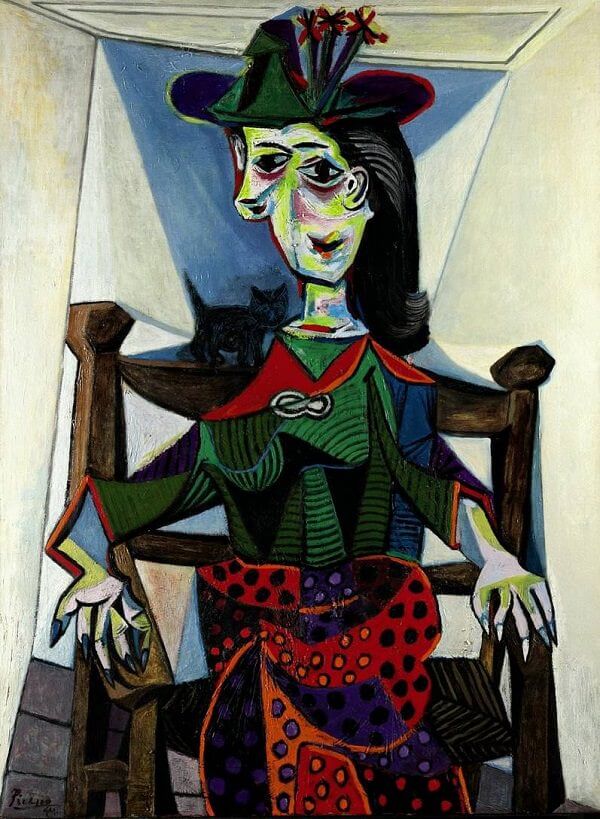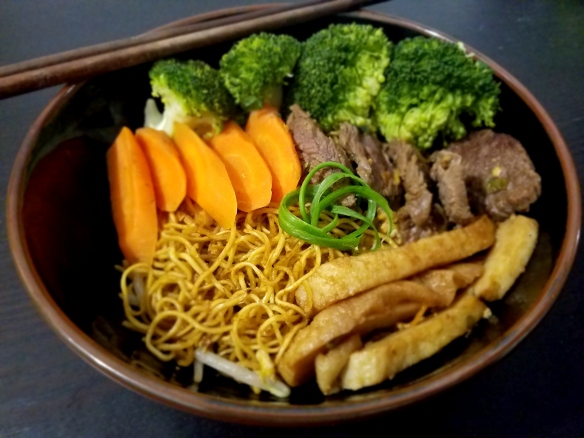I regularly attend what is known as the “Second Saturdays” reading series — an open reading session that showcases Singaporean and often American writers. People — amateur and experienced writers alike — are invited to share their work and at the end, a featured writer usually reads from his or her published work.
For the last session of Second Saturdays, before it goes on hiatus for the summer, I decided to read something that came from my own work and also that of Josh. I always saw the series as a great way to bring Singaporean and American writers together, and what better way to end the season than a piece that came from both places?
Before Josh died, he was very protective over his writing and never let anyone read anything he wrote — I’ve scarcely seen any of his work. Upon his death, with access to his lifetime of thoughts, notes, and writings, I wondered if his ghost would be angry at me for 1) reading something he never felt comfortable sharing 2) sharing a part of his work with strangers 3) deriving a piece from his and my collection of words.
Combing through his thoughts was difficult: his verses were often dark and macabre; testament to his life’s tribulations. But to represent his true self to others is to preserve his words in their entirety — life, death, foolishness and wisdom unedited.
Combining Josh’s work and mine was an endeavour. He had a penchant for profusion, I gravitated towards brevity. His ideas were surreal and mine were grounded in observational reality. Quite like the differences in our personality, our writing styles clashed. It was a wonder being together had even worked out. I had thought I would need to weave in and out of his poetry to integrate his words with mine for the collaborative pieces — that attempt felt contrite and was a failure. In the end, I found out that the best way to marry his work with mine was simply the way we had worked out — by coexisting side-by-side, without needing to become one.
The three pieces I read at the session are: An excerpt from a 10-part poem he wrote, a poem I wrote on my recent visit back to Singapore, and finally a poem which I had used his poem fragments and a part of one I had shared on this blog.
A Southern Gothic
3.
Pairs of lampposts
thunder towards us
at 60mph — two eyes
that widen, and then are overcome
by the next pair of posts,
more crooked than the last.
Tributaries of concrete,
the bloodlines of an efficient world,
blast their way through forests
and limestone walls.
Mechanical beasts shift their trunks
into the sides of pumping stations
and savor the black blood of the earth.
From time to time I will be at the wheel
and awake with a start:
Am I heading the right way?
And my grandmother whispers in my ear,
Let them pass you,
let them pass,
as they always will,
let them face the wrong way signs.
And now I can face the fireflies — the one spark
in the dogwood on the left,
then a torch of beings on the right
that ignites the forest into an enormous,
seizing strobe. Canals of concrete writhe
with the bodies of fallen bugs,
blinking like turn signals,
like lighters at a funeral,
like a child’s sparkler
on a hot and hazy
Fourth of July —
flowing as a gluttonous river
into the eye of blindness.
Washing Machine
When I was young
my father once punched a hole into the washing machine.
We were suppose to leave on a trip
but my mother had dallied.
I remember the yelling, the gesticulating,
and in a coup de grace,
he slammed his fist into the toploader
and plastic gave way to flesh
but not before leaving a gash
and he held in blood and pride
with a paper towel.
My mother was left speechless —
not solely because the appliance had been left splintered
but what is one to do when your husband
batters a daily household convenience?
I used to peer through the hole of the washing machine
and watch my worries spin cycle away.
Today,
the strength which punched a hole into the washing machine
now stoops and pauses to take more naps
as the anger has left
and all that remains is bitterness
from memories of an era bygone.
The rage which punched a hole into the washing machine
has crystallised into salt
that the elders supposedly consume — more than we do rice —
as we sit around and nod our heads
in obeisance.
NPY
I watched you bargain with the end of your cigarette,
contemplating, ruminating,
obsessing
with the concept of a minute
and how you wished you didn’t understand it.
You exhaled
and life and smoke exited in a curlicue.
“Everything is a spiral motion,” you said.
— Embracing arms, ivy choking a tree,
adulthood, regression, the corkscrew plot of our later years.
I frowned, and you silenced prematurely the dying ember
that hangs from your fingers.
We taste each other with our bodies
and read the future in our bones
and in our newfound knowledge,
we roll over to sleep.
I woke up and found that I have wet my bed
with tears that I cried into cupped hands
that slowly seeped through my fingers
because I forgot what you looked like.
A pile of clean laundry lies on one side of the bed
because I can pretend that you are there
as you used to enjoy jumping on top of it
when it is fresh out of the dryer.
Who will help me put the covers on the comforter?
I still sleep on my side of the bed
with my head faced away from the middle
I still try not to snore when I sleep
so as not to disturb your ghost.










